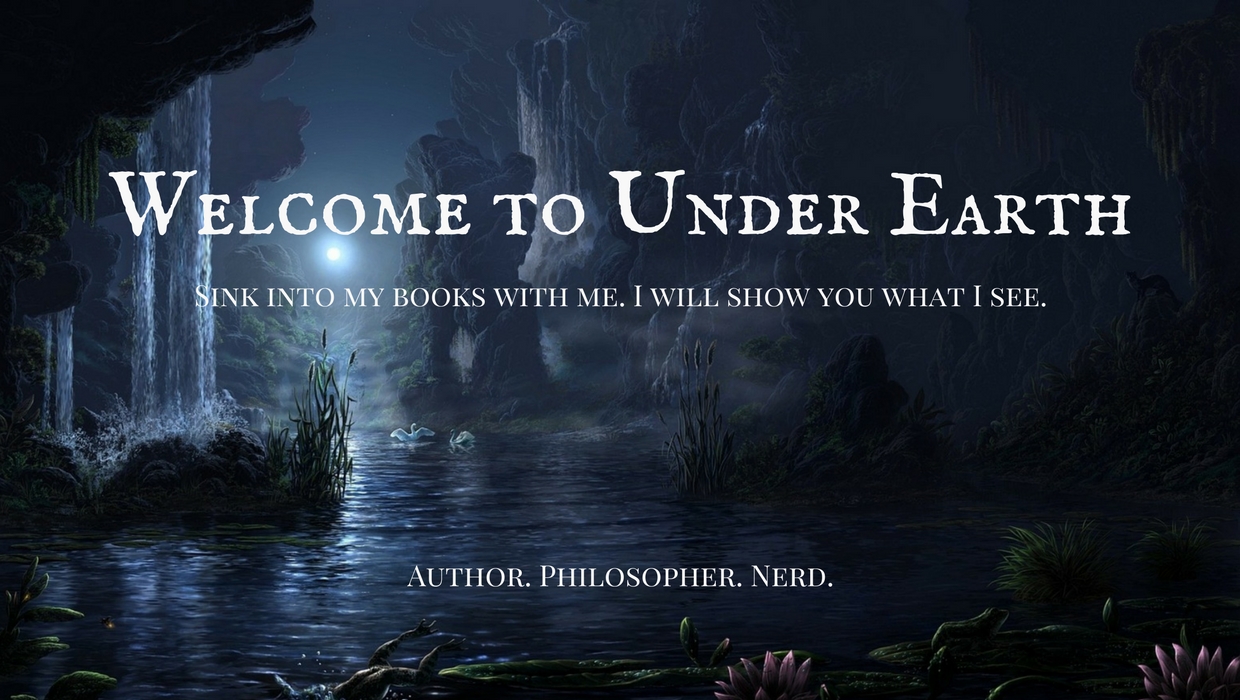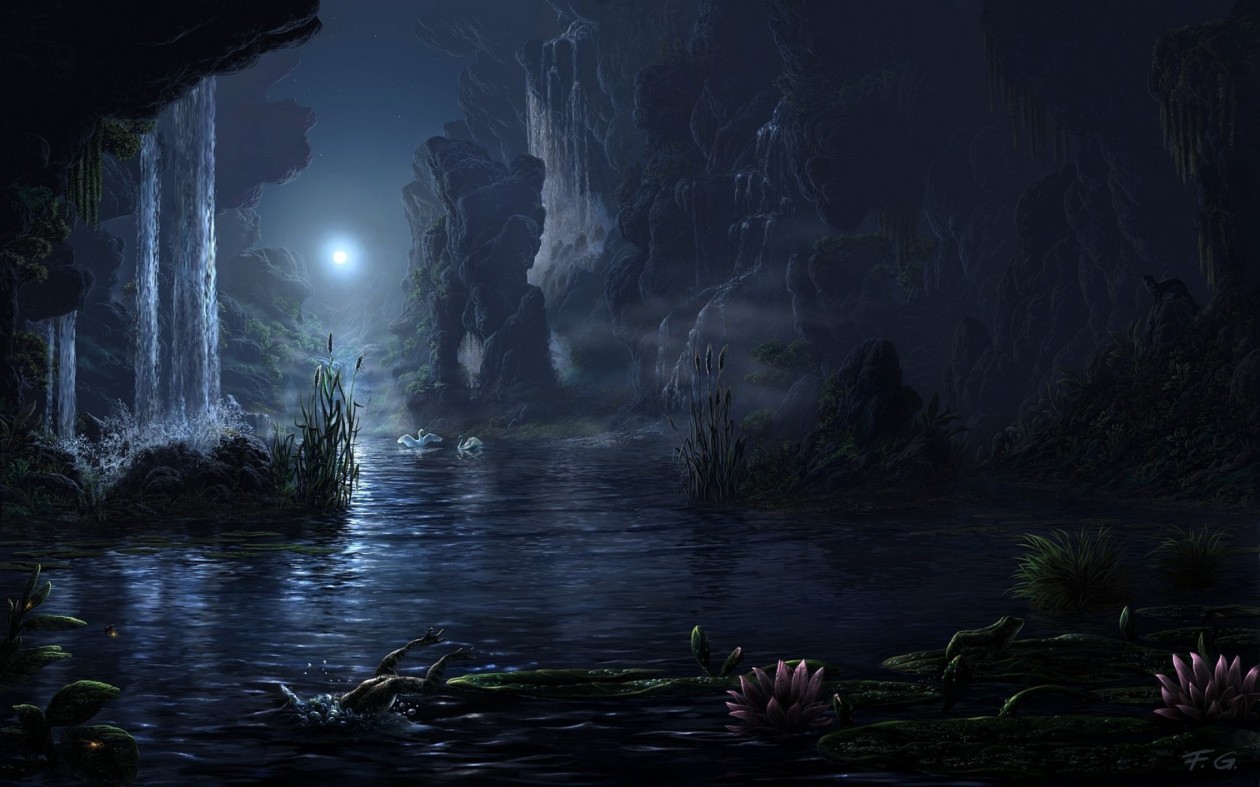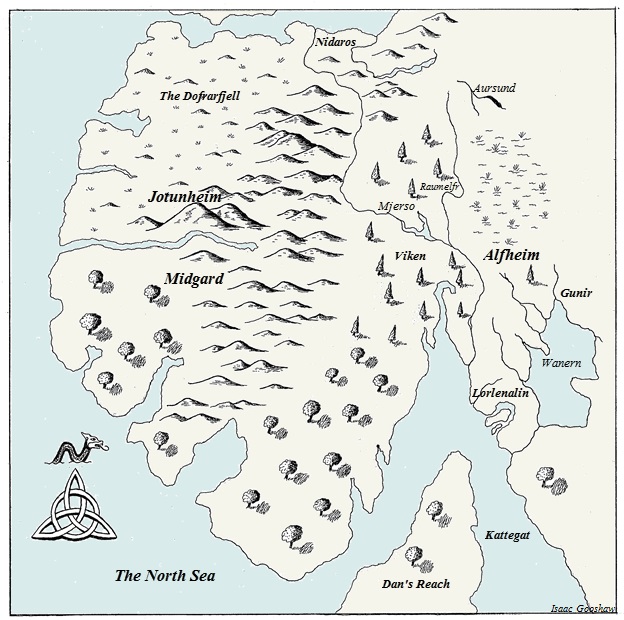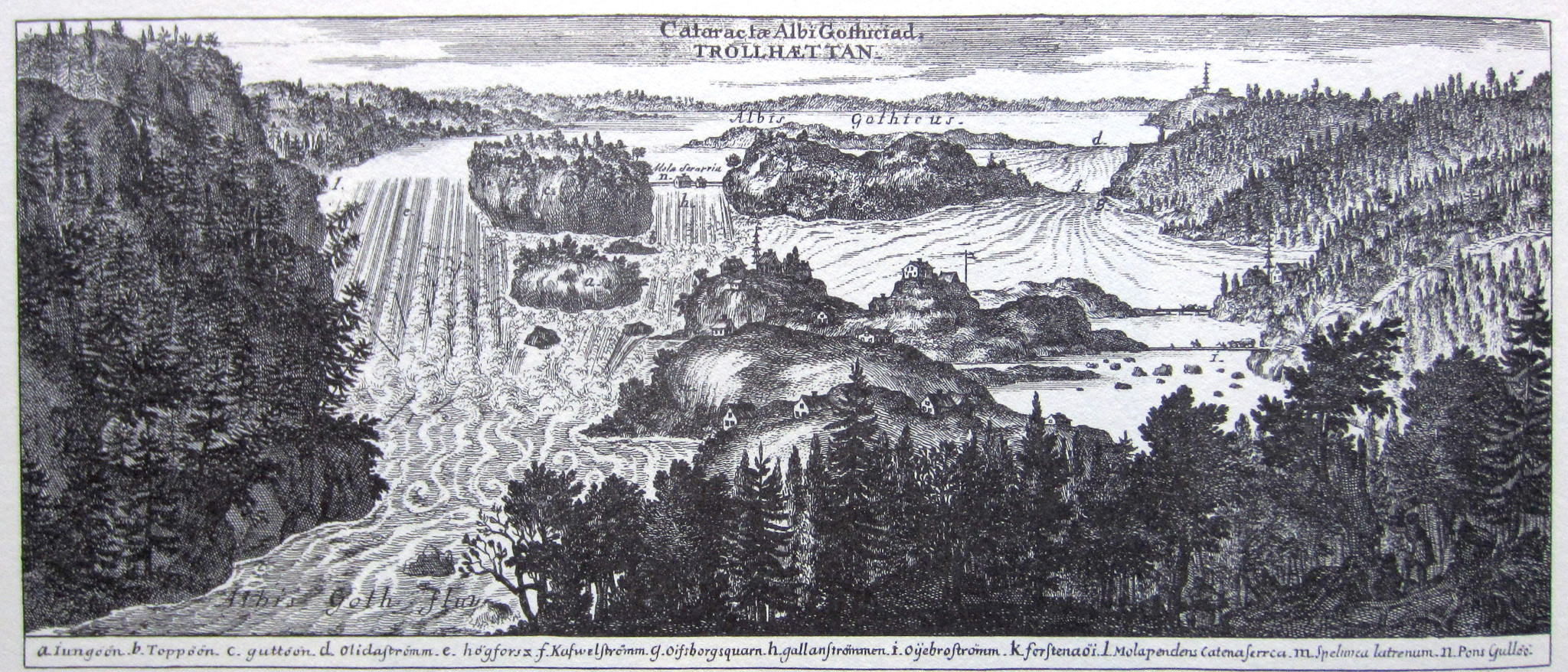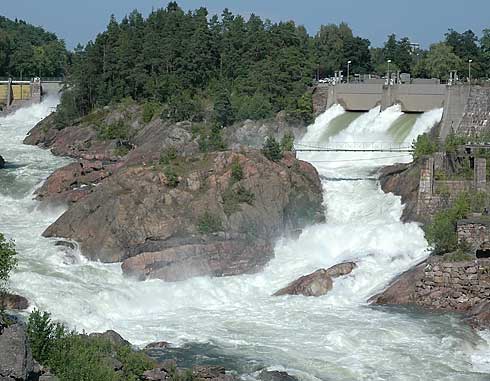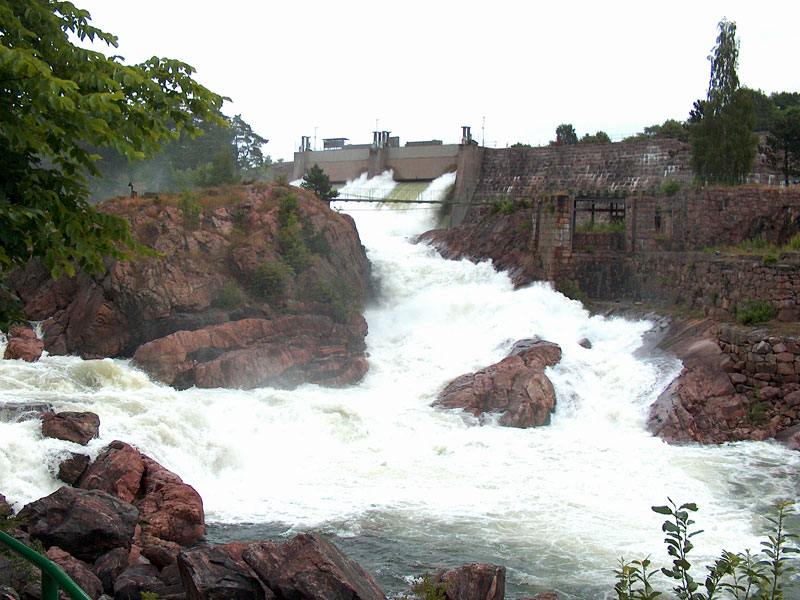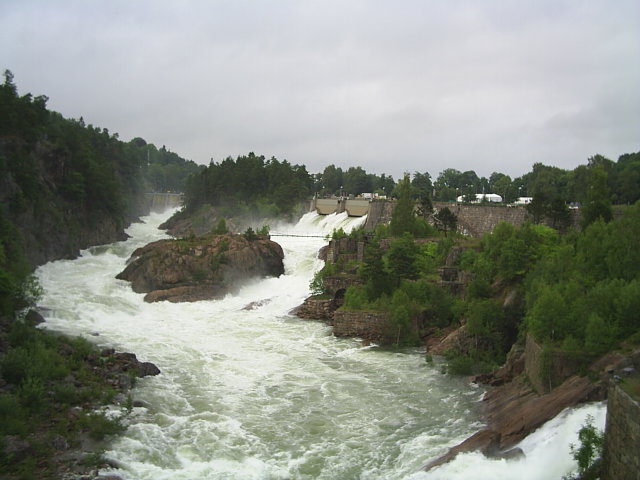There still is magic in this world and I have found it. Below the roots of Yggdrasil, beyond the depths of Under Earth it is there… if only you dare to see.
Making Kallan’s World Real
Tales of the Drui: Lorlenalin’s Lies was finished at 250,000 words.
Because the book was so long, I had a problem with remembering the full story and events at any one given time. This was wonderful as, every time I read my book from “cover to cover” so to speak, I had forgotten most of it. I almost always had a reader’s eye. So I broke my days into two parts. I spent my mornings on what would become book 1, Dolor and Shadow…and my afternoons were spent on the eventual, book 2: Lorlenalin’s Lies.
I edited two chapters a day: chapters 1 and 30. Next day, I would edit chapters 2 and 31. And so on…
My writing improved so much over the course of six years, that, as soon as a I hit a milestone, I looked back and reviewed the last batch of edits as not being up to par. So, what I ended up doing is overlapping the two portions. As it worked out, Chapters 31 to 70 were always better than Chapters 1 through 30 because, inevitably, whenever I hit a milestone, I was working on chapters 30 to 40.
I had five milestones while writing Tales of the Drui.
In 2007, the book began as The King’s Warrior and finished around 97,000 words. Due to a rejection letter from a wonderful agent, I returned to my studies and discovered how to improve my characterization. But it wasn’t until chapter 30 that I suddenly understood it from a bigger picture.
Characterization reflects psychology, relationships, and decisions made. I inserted foreshadowing that hinted at events by using Kallan’s character. Once I started thinking like a psychologist, everything else just clicked into place. But, I came to this realization at Chapter 30. I would have to go back and re-edit Chapters 1 through 30 after I finished the current run of edits.
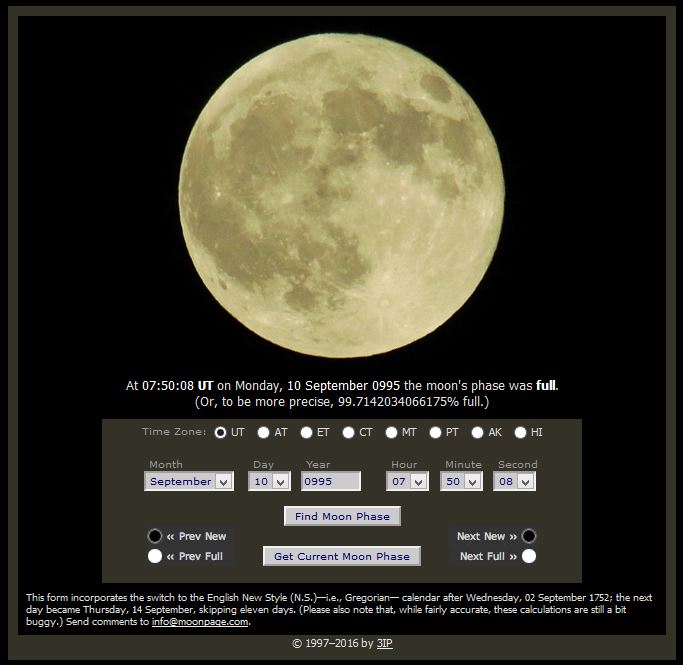
The moon as it appeared on 10 September 995 CE in the Gregorian Calendar. Sourced from Moonpage.com/index
On my next run, I hit a second milestone. The Calendar. I couldn’t reference anything with the Julian Calendar because Norway in 995 A.D. wasn’t influenced by the Roman Empire. So I had to research the Nordic Lunar Calendar. I mapped out the entire book around two full moon cycles. NASA helped me out with this. I was able to enter September 995 A.D. into their database and they produced a full detailing on the lunar events of 995 A.D.
I soon found http://www.moonconnection.com/moon_phases_calendar.phtml where I am still a frequent visitor. This guaranteed that my characters in story wouldn’t have a full moon more than once a month. Time is of the essence in my story, and they must track the days closely.
I completed the edits through to the end and returned, once more to Chapter 1 to add the Lunar Calendar and check for consistency. It was around Chapter 30…again… that I realized my next milestone. Geography. Now that I could see my characters and their lunar calendar, I realized how little I could see the land. This is a fantasy. Geography is crucial to the genre.
Because I couldn’t travel the world, I tracked it down through Google, Flickr, and YouTube. I spent more than a year just staring at the land and the terrain of Norway. I spent months dragging my Google cam along the roads of Norway’s highways. Google and I became close. I named their little yellow guy Steve.
On YouTube, I watched videos on boar hunting, grouse hunting, and reindeer herding. I viewed pictures of the oxen on the Dovrefjell in Norway through Flickr. I studied the plants on the tundra until I could name each one in turn and researched the migration patterns of birds and reindeer. I dreaded misinformation. I still do. I wanted to ensure I wouldn’t insert an animal in the middle of September that had already migrated south for the winter.
I am forever grateful that the people of Norway embrace their country and the outdoors with a passion and a camera. I owe so much to those wonderful, warm adventurers. Norway! The home of extreme sports! Not really, but there were days it felt that way. Through their adoration for Norway, I was able to visit their country. And I’m warning you, it’s highly contagious. It was in this stage that I realized something amazing. Your setting is a character. The wind is its breath, the sky, its head, and the ground, its feet. The weather is the character’s psychology. Don’t neglect your setting.
When I finished with this edit, I had a completely new book. And so, The King’s Warrior became The Gifts of Asgard. But I was only half done. The story was still linear and one-dimensional. It lacked foreshadowing and webbing.
At this point, the story only spanned 800 elf years. That’s equivalent to 20 human years. With Wikipedia’s help, I dove into the history of Norway and learned of its connections and ties to Europe. That study took me to the myths and legends of my sweet Ireland. Also, to Germany, France, and Poland, the Rus, the Holy Roman Emperors Otto I, II, and III. I followed the mapped hyperlinks sourced on Wikipedia and went to Alba, England, and Northumbria. The Rus took me down to the Danube where I learned of the Golden Arabic Age only two hundred years before the crusades.
From Persia, I followed the trade roads to China and the Spice islands. I followed time back to 200 A.D. and Alexandria. Then I returned to the 10th century and followed the events leading up to the Battle of Hastings. I learned what scorched earth is. We don’t have that here in the States. I put this all in my story.
Everything —every time-period, culture, event — received a single word, a reference, or a phrase in its honor. It’ all there if you know what it is to recognize it. And Wikipedia…your beautiful staff of less than 200…thank you.
Once more, I was mid-way through editing my book, and once more, I finished my editing and started over. By the time I was done incorporating the history of Ancient Ireland, Norse mythology, and Celtic myth, The Gifts of Asgard had become Lorlenalin’s Lies. I even inserted a snippet from Japanese lore that foreshadows the events in books 3, 4, and 5. I am proud of that one.
But there still was something missing. The news.
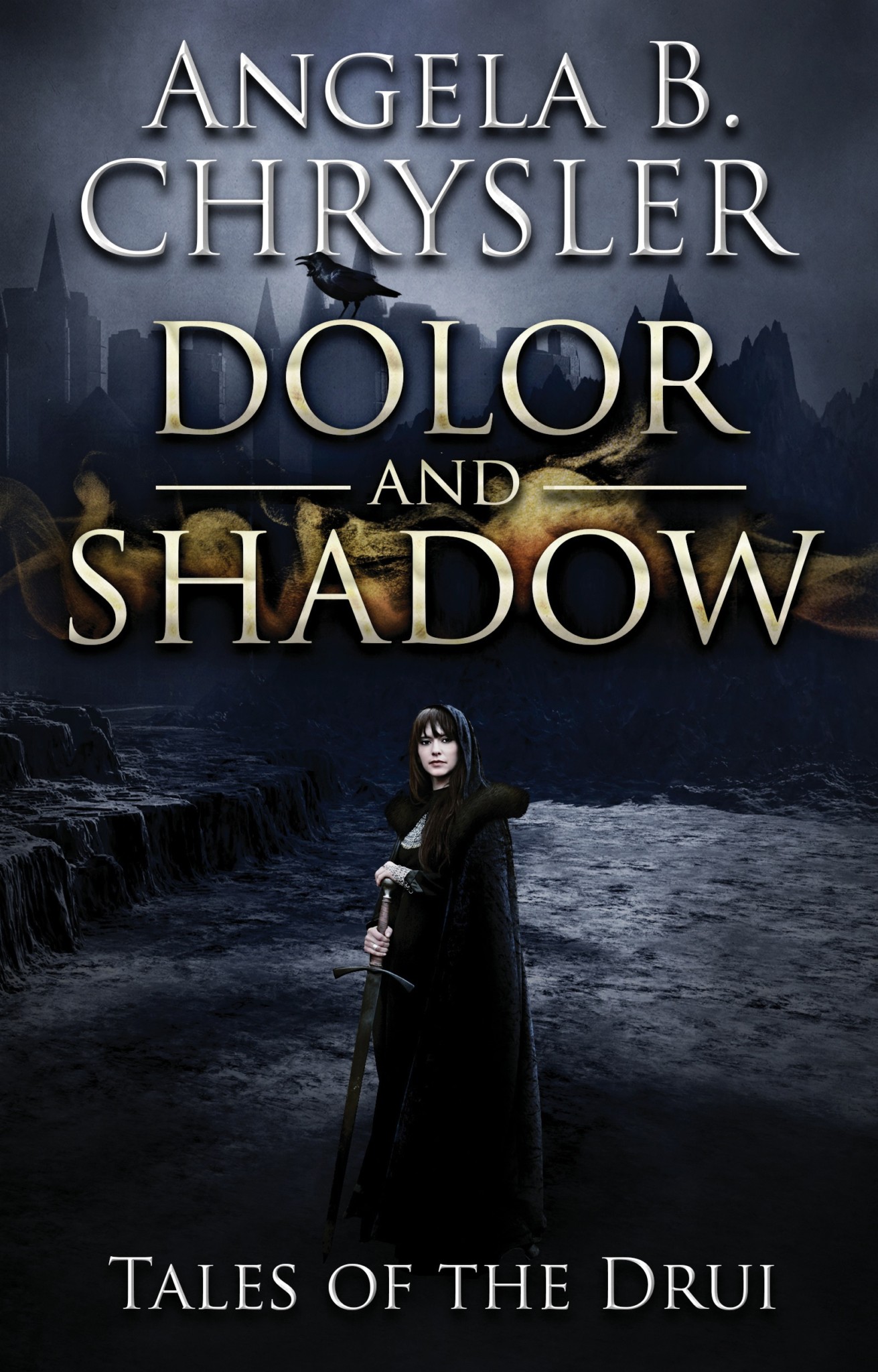 The news was an eye opening realization that I experienced. I wanted to recreate the time-period, the era. I wanted readers to not only see snippets of this world. I wanted them to taste it. To smell it, to know it as the Vikings would have known it. I wanted them to feel the unknown of an invader, the history and political tension that would cause them to worry about the future. I wanted them to feel the uncertainty of an uncharted land. I wanted them to share that experience with Kallan. With this in mind, I dove eagerly into historical linguistics (thank you Wikipedia) and located the original names used nearly a thousand years ago. I tracked the links and books referenced on Wiki and researched the sources Wikipedia used to build those articles.
The news was an eye opening realization that I experienced. I wanted to recreate the time-period, the era. I wanted readers to not only see snippets of this world. I wanted them to taste it. To smell it, to know it as the Vikings would have known it. I wanted them to feel the unknown of an invader, the history and political tension that would cause them to worry about the future. I wanted them to feel the uncertainty of an uncharted land. I wanted them to share that experience with Kallan. With this in mind, I dove eagerly into historical linguistics (thank you Wikipedia) and located the original names used nearly a thousand years ago. I tracked the links and books referenced on Wiki and researched the sources Wikipedia used to build those articles.
I asked myself, “In five hundred years, what will the people then have to say about us now?” And I realized, it would be similar to what we know about history five hundred years ago. That answer, I summed up in one word: news.
So I asked, what is Kallan’s news? Politics, religious, cultural, cooking, books, entertainment, art, clothing/fashion, celebrities, travel/tourism, weather, natural anomalies, and war: that is what we know about any people from any time-period and location. But mostly, it was the new and innovative that we revered.
I went back in time to ancient Scandinavia and literally identified the “who’s who” of the news world from 995 A.D. I researched all the developments of that time-period. One of my favorites was the use and discovery of hops in beer. It developed out of Germany around Kallan’s time and was just starting to replace gruit. Gruit was … and is… a sweetened spice mixture that was brewed because water was too contaminated with bacteria to drink straight. The alcohol content was very low. Hops would eventually replace the gruit and, to this day, it flavors our beers.
That’s when I saw men, sitting around arguing over which would be better: gruit or hops. Then, rather than discussing the weather, or politics to develop characterization, I used opinioned arguments instead. Bergen doesn’t discuss a pending storm or the sunny weather. When given the time, he discusses how much better gruit is than hops. He may go as far as composing a sonnet about it. Because that’s what Bergen does.
Kallan loves cloudberries and uses her spells to swipe a few when Cook isn’t looking. Rune loves grouse hunting and archery. Bergen loves his gruit. Each one of these details was something that I pulled from their history. While I developed their characters, I showed their culture. I then had 250,000 words to fill with that level of detail to flesh out where, when, and how they may have lived.
With their “current events” tucked neatly into their story, I was able — finally — to focus on the grammar. www.dailygrammar.com is the “course” I took and I swear by it. It is great for a fresher, for learning, for improving. When in doubt, I head there (and to Wikipedia).
My final edit was done April of 2014. I spent three months re-editing the grammar. I passed it on to six beta readers, three of whom, I haven’t met yet.
After two grueling re-edits, I posted the first six chapters of Lorlenalin’s Lies to www.Scribophile.com where members reviewed, and edited my manuscript. I began my search for an agent on August 1st when I realized, after six years, that I was editing the trifling details to death. It was time to let it go.
Norse Mythology
Kallan’s world is built around three separate worlds: Under Earth, Yggdrasil and the nine realms of Norse mythology, and Ancient Norway. I referred 100% to only two sources, John Lindow who literally wrote the book on Norse mythology. This book in fact… ISBN-13: 978-0195153828 …and Jacob Grimm (Yes. That is the Jacob Grimm of The Grimm Brothers).
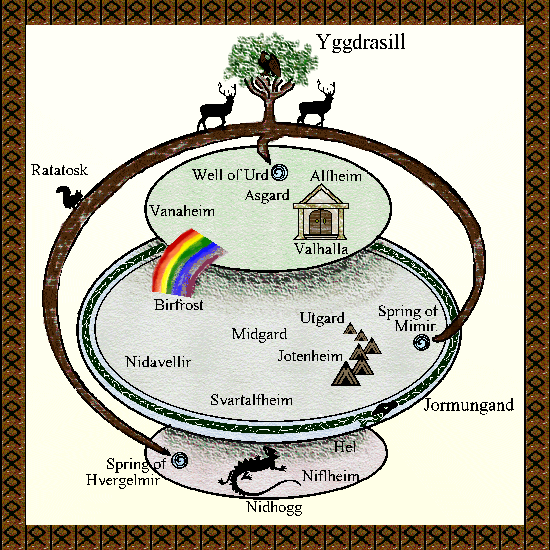 Alfheim (Elf Home)
Alfheim (Elf Home)- Midgard (Middle Garden)
- Jotunheim (Giant Home)
- Svartalfaheim (Black Elf or “Thwarty Elf” Home)
- Asgard (Aesir Garden)
- Vanaheim (Vanir Home)
- Helheim (Hel’s home)
- Niflheim (The Ice Realm)
- Muspellsheim (The Fire Realm)
Fun Fact: For those of you who love the Thor movies (and I do!), Laufey is Loki’s mother and Fárbauti is Loki’s father. I cringe with a grin every time I hear them call Loki’s father Laufey.
Celtic Mythology
More to come…
Norway
More to come…
Sweden
More to come…
Ireland
More to come…
England
More to come…
The Gallery
Here is a collection of photos that did so much to inspire Dolor and Shadow and the early chapters of Fire and Lies.
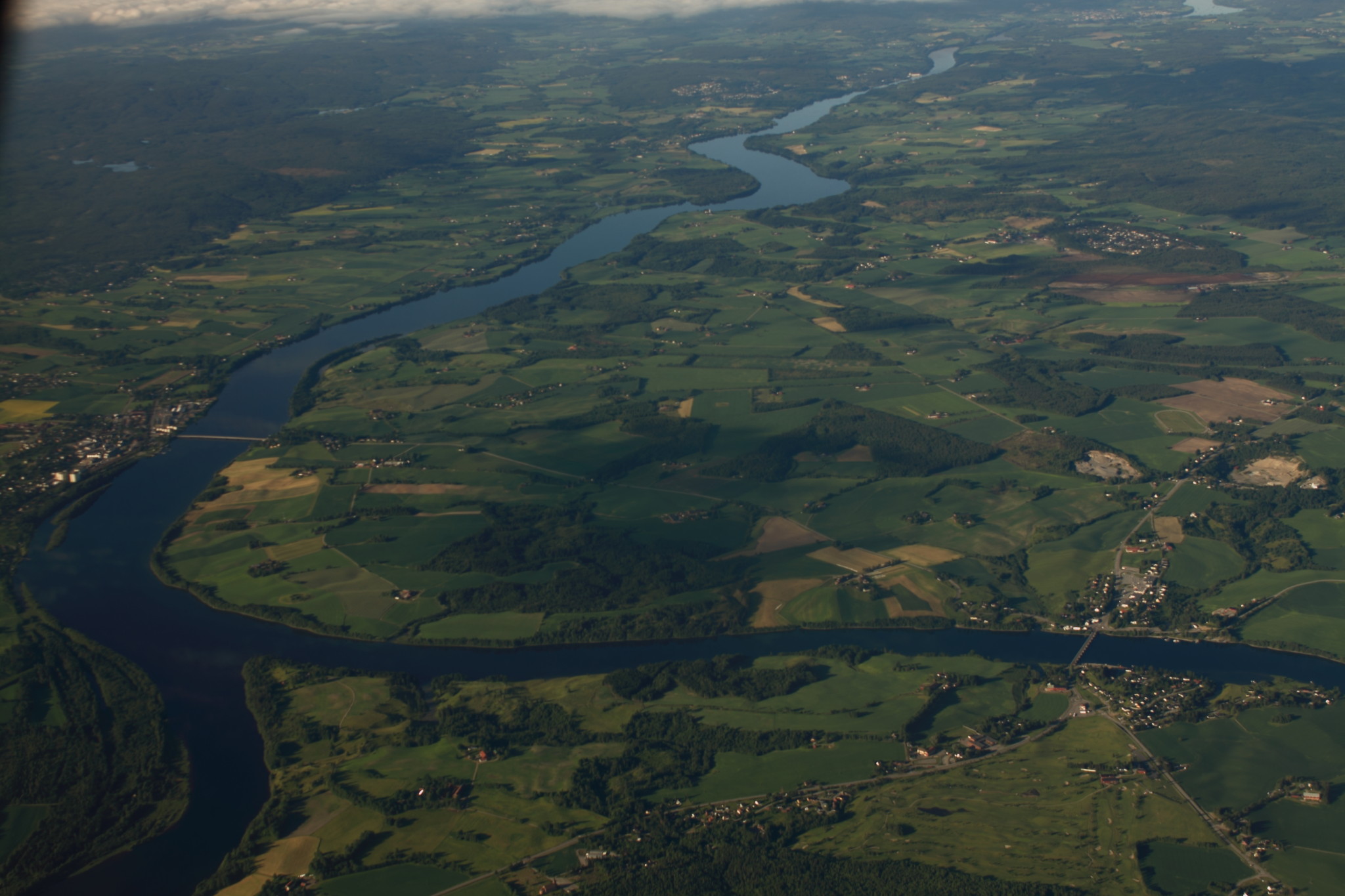
River Glomma in Norway. This where the Vorma river feeds the Glomma River in Norway. In Old Norse the Glomma was called the Raumelfr. The tiny peek of land… yeah. That is where Kallan and Rune were. midgard is on one side and Alfheim is on the other. In the 10th century, the Glomma/Raumelfr was the land divide between to the two realms.
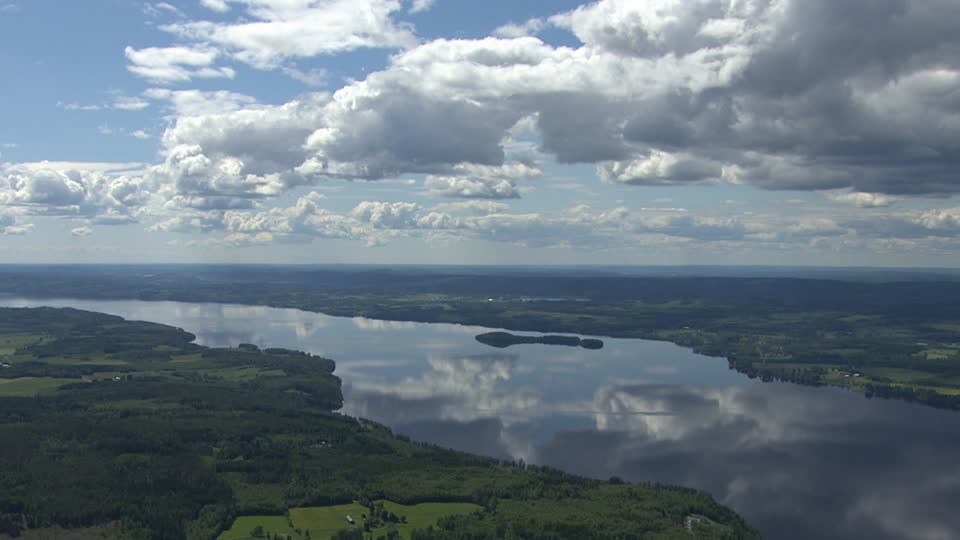
This is the Klaralven River in Sweden that feeds Lake Wanern/Vanern. This is the river surrounding Gunir in Fire and Lies.
The Trollhattan translates to “Troll Steps” in Swedish and is located in the Gota Alv River in Sweden. This is where my research became fascinating. The Klaralven feeds Lake Wanern while the Gota Alv drained the lake into the Kattegat. The Norse sailed their ships up the Gota Alv into Lake Wanern. In my research, I had to know how they did it! As you can see, the Trollhattan doesn’t make that easy. This is where I learned that the Norse would dock their ships and roller log them around the Trollhattan. There are more than 30 “Ship Paths” the Norse regularly used for this purpose. Amazing! And no small feat! So lets fast forward a thousand years. The Swedes built a dam and every third Thursday of every month, the dam is opened to release the water! It is such an amazing sight to behold that, when the local schools schedule their Field Trips to Saab Automobile company, they get the added treat of seeing the dam open… if it happens to be that third Thursday of the month.
Subscribe
Take my hand and descend into the bowels of darkness! Join me so that you may lay upon your death bed and say that you have lived! Adventure so that you may taste the sweet nectar that flows from the earth… and receive a monthly newsletter from me.
Subscribers receive the bi-weekly digests and the Newsletter every 1st of the month. Click here if you have questions about subscription.
